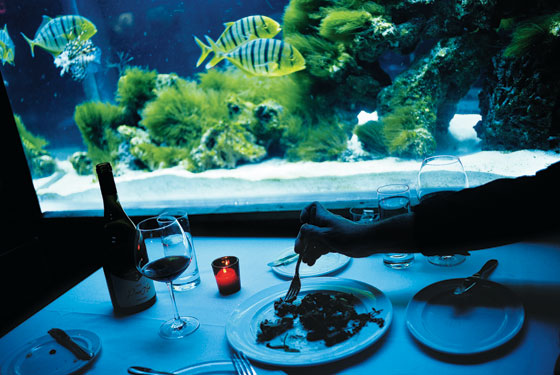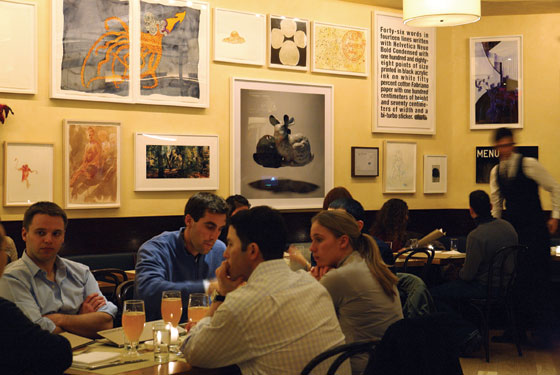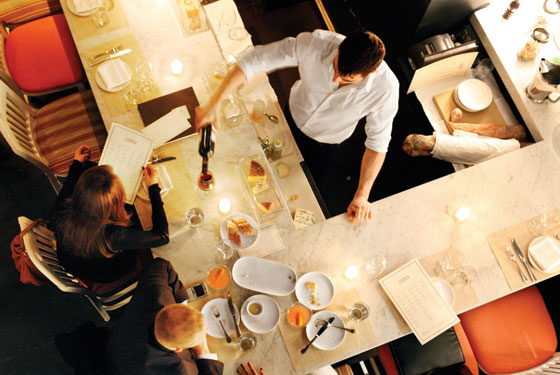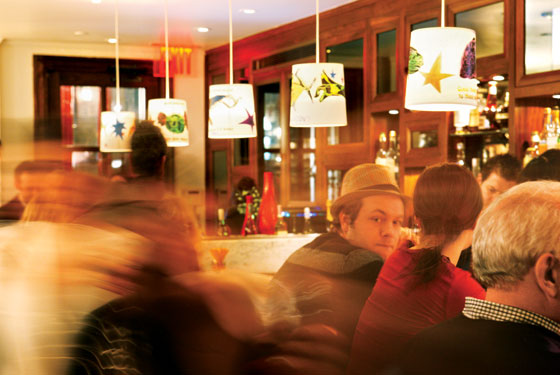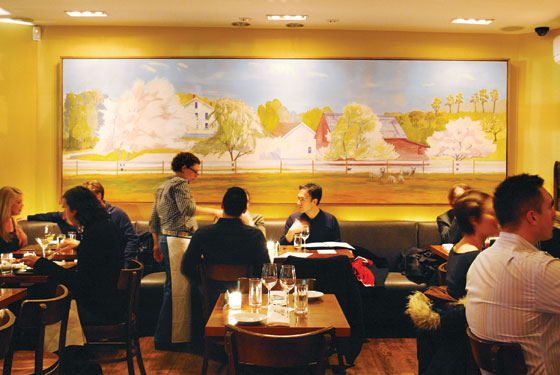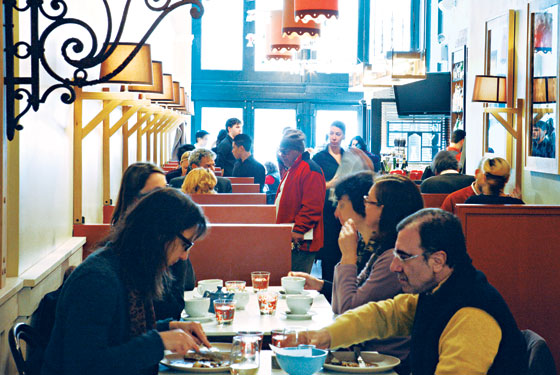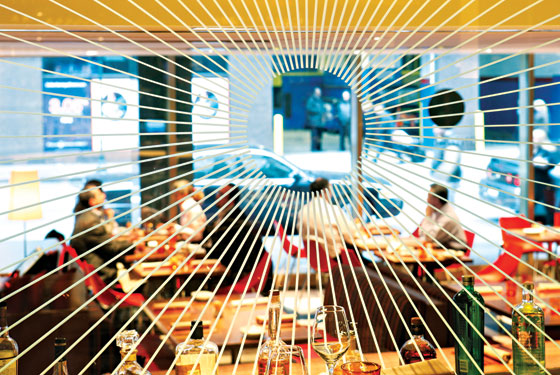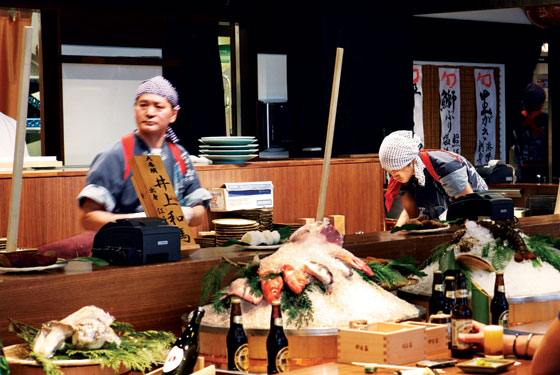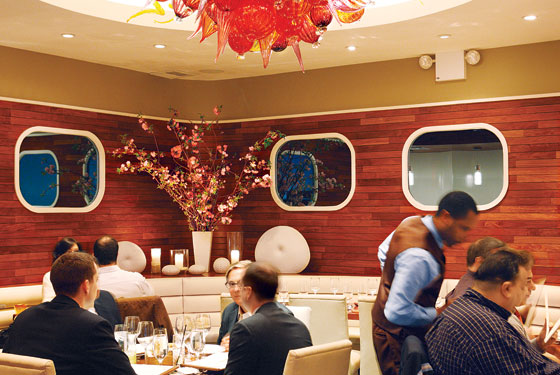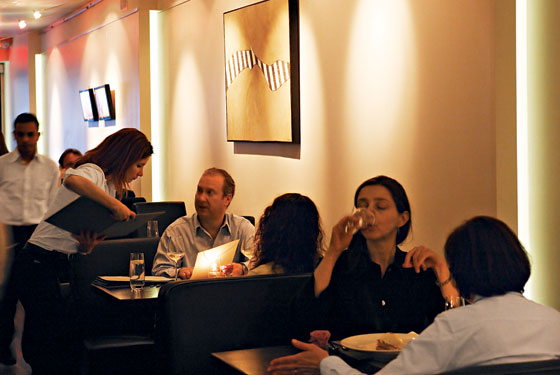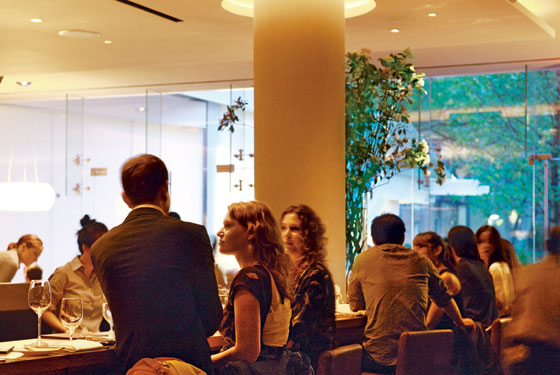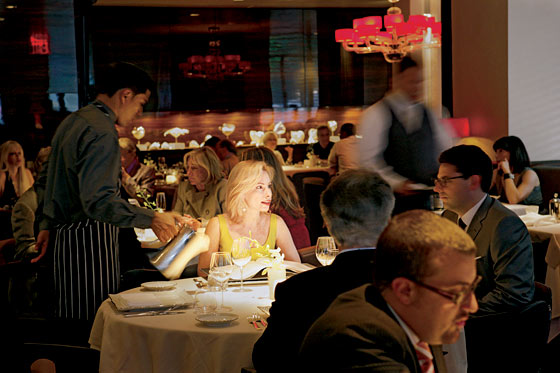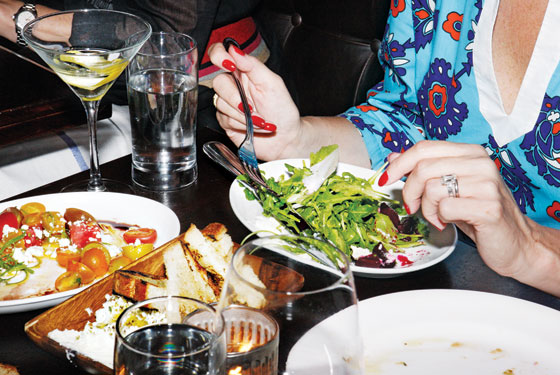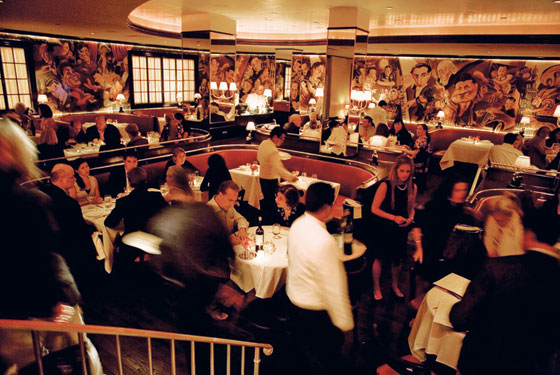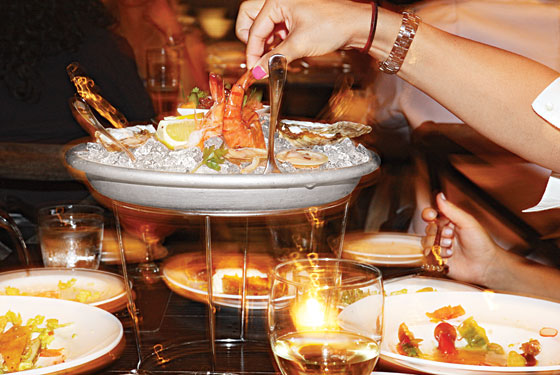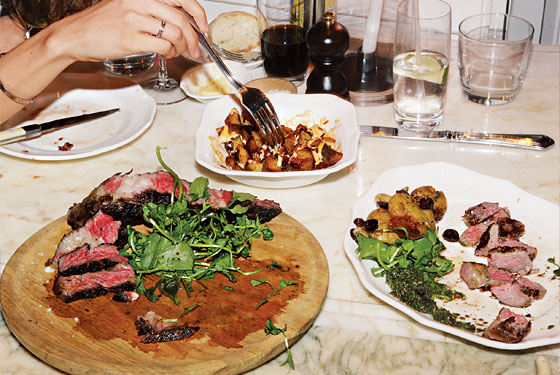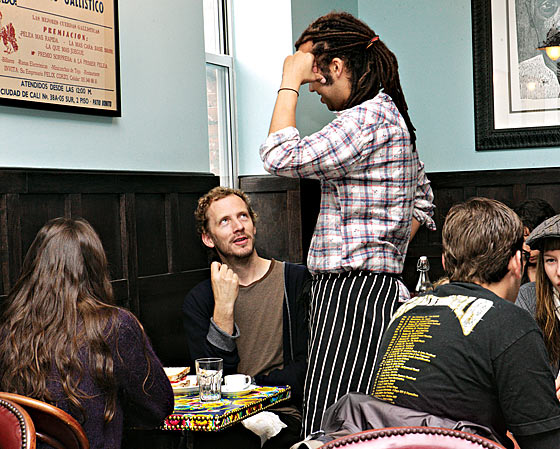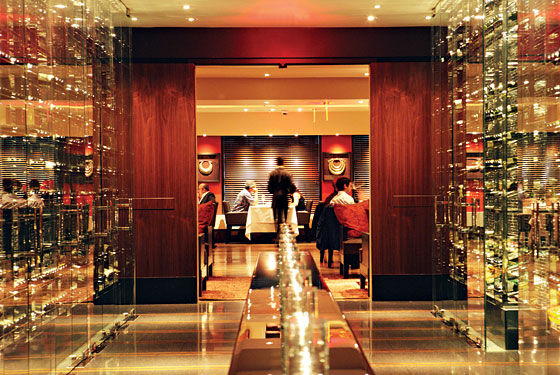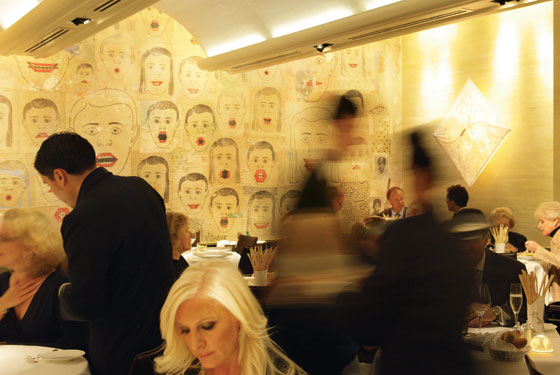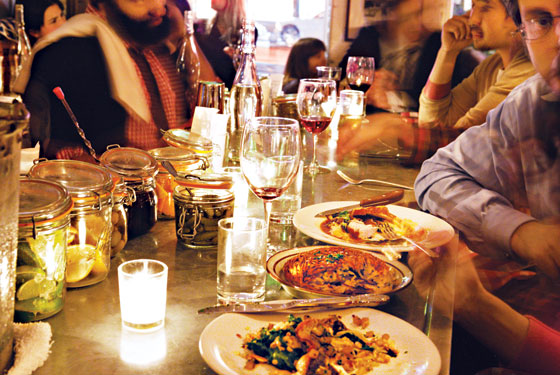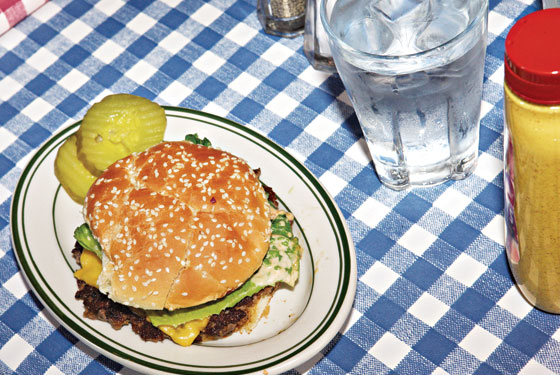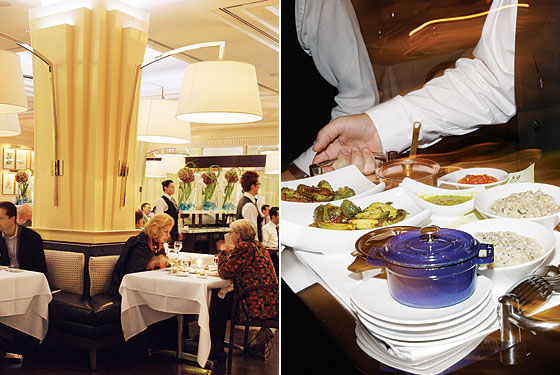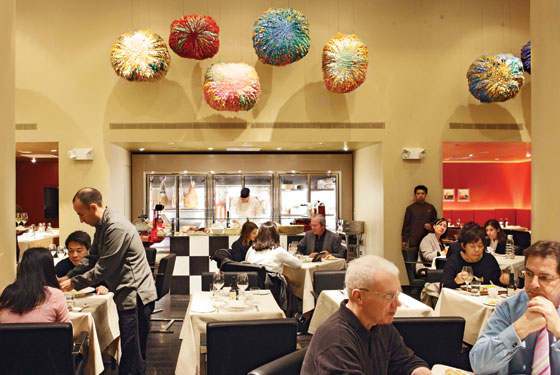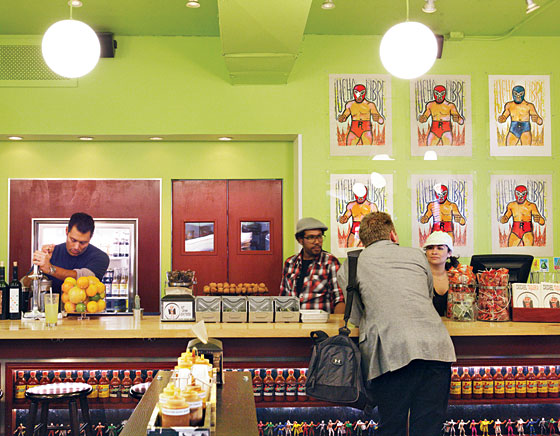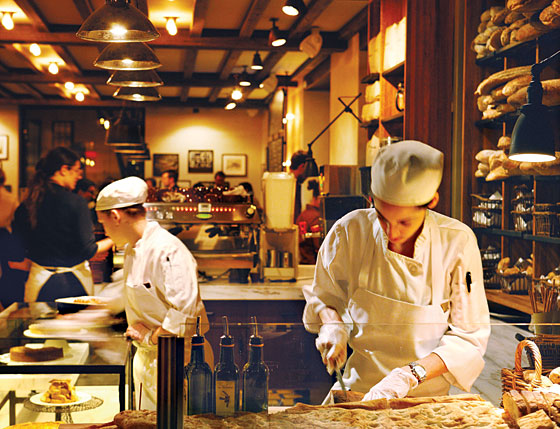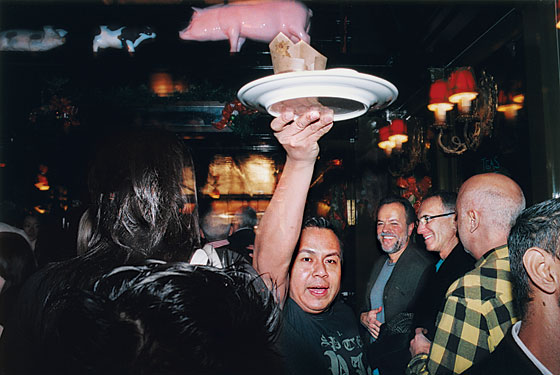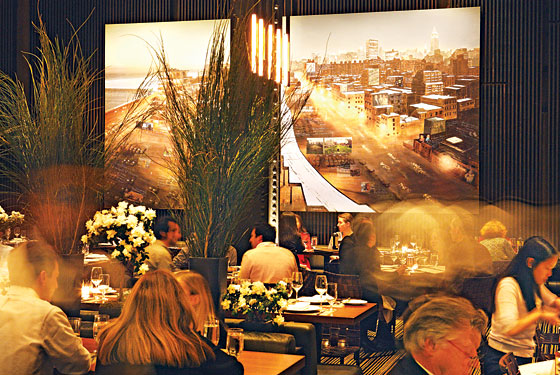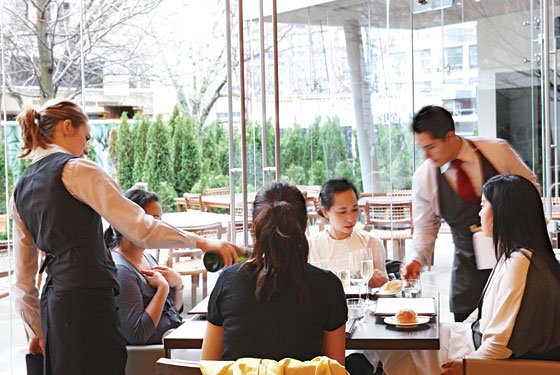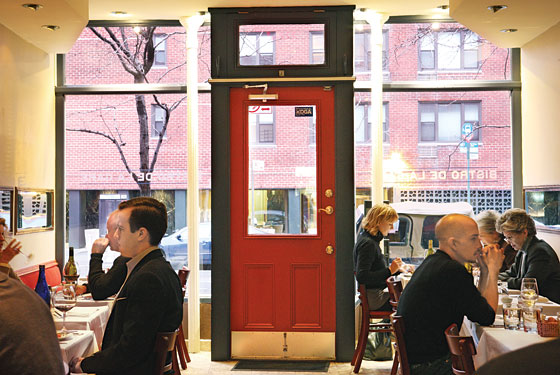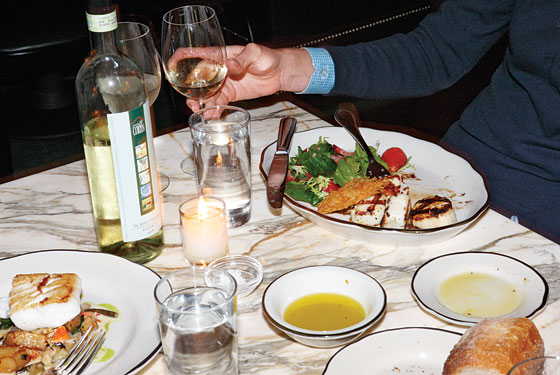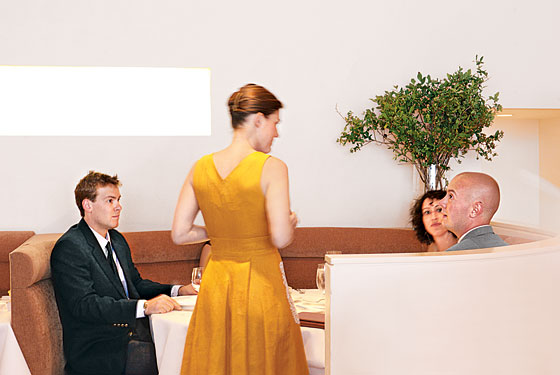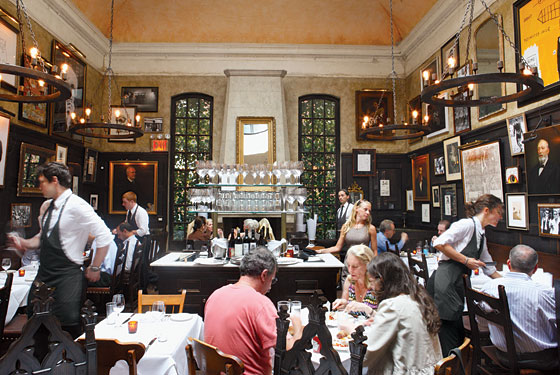
Even modest restaurants need a thematic gimmick these days, and the trick at Char No. 4 is smoke. The smoke in question isn’t fiery or billowing; it’s smoke of a more subtle and ultimately satisfying kind. You smell it as soon as you walk into the clean, utilitarian space, which opened not long ago among the jumble of storefronts along Smith Street in Carroll Gardens. In accordance with the now-sacred David Chang template, the room consists of a long polished-wood bar up front, a series of utilitarian dining booths in the back, and not much else. Smoky bourbons are the house specialty (the restaurant’s name refers to a term for fire-treating whiskey casks), and there’s a wall of bottles behind the bar, culled from the restaurant’s impressive 300-plus bottle collection. But the centerpiece is the state-of-the-art smoker in the basement, which informs many of the recipes on the modest, artful menu and fills the joint with comforting traces of applewood and oak.
Read more at http://nymag.com/
